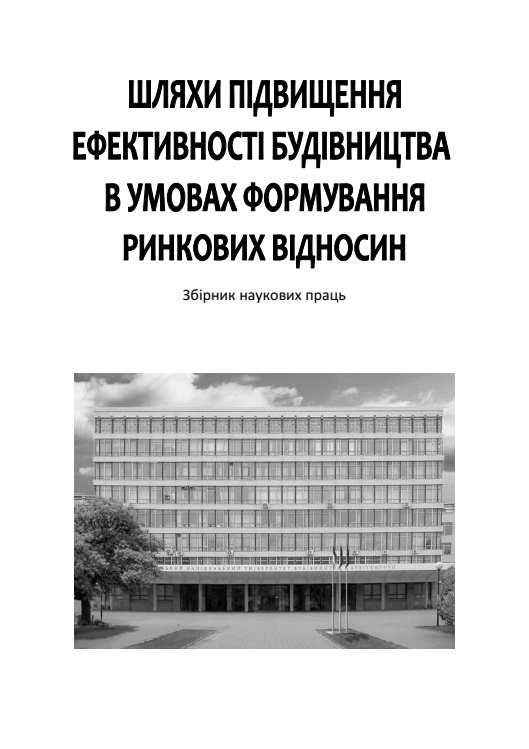Implementation of energy saving management of infrastructural objects on the basis of Industry 4.0
DOI:
https://doi.org/10.32347/2707-501x.2018.38.130-136Keywords:
infrastructure, energy-saving management, Industries 4.0.Abstract
The article deals with the problem of energy savings in infrastructure facilities. Now a significant number of technological processes directly or indirectly consume fossil fuels and natural resources. With only one energy saving, it is impossible to solve the global climate problems of Mankind. It is at the global level that complex and systematic approaches, both locally and globally, should be used to solve the accumulated problems of civilization. Consideration is given to integrating Industry 4.0 elements into infrastructure assets. The problems for the national economy of Ukraine, defined by global trends, are outlined. The peculiarities of the use of cyclical economy principles for the purpose of life cycle management in the conditions of Industry 4.0 are revealed. The development of energy-efficient systems for infrastructure is influenced by decentralization and the creation of territorial communities, as well as the creation of condominiums. The ability to manage and save money through energy management for groups of people living in a particular area provides an opportunity to improve the quality and safety of life. Perhaps more valuable in the era of Industry 4.0 is knowledge. That is why element integration and periodic information on changes to the structure of an object are one component that can not only save energy in the creation, operation and disposal, but also increase the level of security of the infrastructure object. Object knowledge also provides a wealth of information to developers.
The basic technologies that can be used in the energy management of infrastructure. An example of the implementation on an infrastructure object of such an element of Industry 4.0 as a strain gauge RFID device. At the conceptual level, the importance of knowledge is formed, which is formed by the information obtained about the functioning of the object and stored in the Cloud storage in the form of Big Data. A predictive approach to the prediction of an emergency at an object is defined.
References
Rogelj J., den Elzen M., Höhne N. et al. Paris Agreement climate proposals need a boost to keep warming well below 2 °C. 2016. Nature 534, pp. 631–639.
Schwab K. The Fourth Industrial Revolution: what it means, how to respond. URL: https://www.foreignaffairs.com/articles/2015-12-12/fourth-industrial-revolution
Скіцько В. І. Індустрія 4.0 як промислове виробництво майбутнього. [Електронний ресурс] / Економічна наука, 2016. С. 33-40. URL: http://www.investplan.com.ua/pdf/5_2016/8.pdf.
MacArthur E. Cities in the circular economy: an initial exploration, 2017, URL:https://www.ellenmacarthurfoundation.org/assets/downloads/publications/Cities-in-the-CE_An-Initial-Exploration.pdf
Downloads
How to Cite
Issue
Section
License
Copyright (c) 2020 S. Voitko

This work is licensed under a Creative Commons Attribution 4.0 International License.
Authors who publish with this journal agree to the following terms:
- Authors retain copyright and grant the journal right of first publication with the work simultaneously licensed under a Creative Commons Attribution License that allows others to share the work with an acknowledgement of the work's authorship and initial publication in this journal.
- Authors are able to enter into separate, additional contractual arrangements for the non-exclusive distribution of the journal's published version of the work (e.g., post it to an institutional repository or publish it in a book), with an acknowledgement of its initial publication in this journal.
- Authors are permitted and encouraged to post their work online (e.g., in institutional repositories or on their website) prior to and during the submission process, as it can lead to productive exchanges, as well as earlier and greater citation of published work (See The Effect of Open Access).

